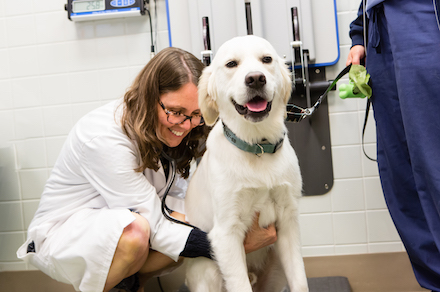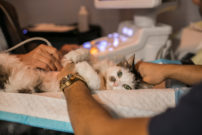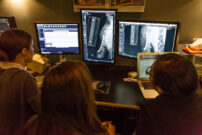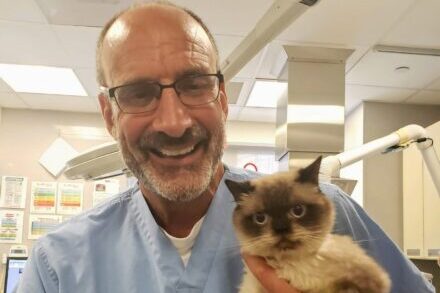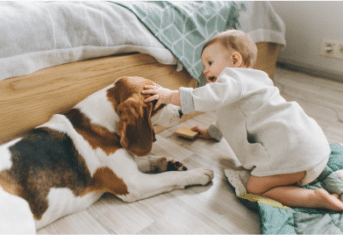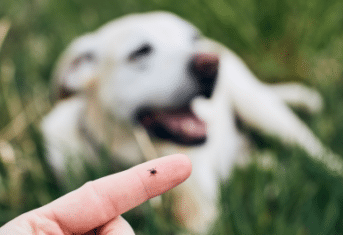Demystifying General Anesthesia, Part I: Preanesthesia Protocols
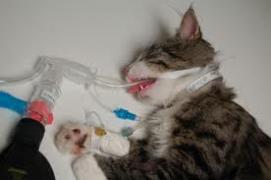
Demystifying General Anesthesia, Part I: Preanesthesia Protocols
Except for the dreaded cone, there is no medical procedure more feared by the families of my patients than general anesthesia. Their concern is well founded since there is always a risk of death, but the risk is very small – about 0.1%, meaning 1 in every 1000 procedures, result in an anesthetic death. This data comes from a large study of private clinics in England where routine procedures, such as neutering, were most commonly performed. The risk of death during general anesthesia rises with illness, advanced age and surprisingly, in the British study, mid-sized dogs.
While risk-free anesthesia does not exist, veterinary teams work hard to minimize the risk for every patient undergoing an anesthetic procedure. In November 2011, the American Animal Hospital Association published guidelines for small animal anesthetic procedures. In this blog, I will highlight how the guidelines help to minimize this risk in your pet.
Anesthesia is more than choosing the anesthetic agent; it is a team effort by a highly trained and skilled veterinary medical team. Anesthetic planning, induction, and recovery require multiple steps and multiple team members, beginning with an examination and testing.
Pre-anesthetic evaluation and examination
During this phase, your veterinarian is looking for risk factors – underlying disease or physical abnormalities which will impact the anesthetic procedure. Blood tests are used to identify problems which make anesthesia trickier, such as diabetes or liver disease. An echocardiogram may be recommended if your pet has a heart murmur. Brachycephalic (short nosed) dogs are prone to upper airway problems and are at greater anesthetic risk. The team will need to plan additional monitoring for your flat-faced friend. If the planned procedure carries a high risk of bleeding, a blood type or crossmatch will be ordered to facilitate a blood transfusion. The anesthesia team will also determine if the planned procedure requires only heavy sedation or, because the procedure is a major one, general anesthesia. Whatever your veterinarian’s recommendation, monitoring will be a part of the procedure.
Monitoring protocols and equipment
Immediately prior to the induction of anesthesia, an intravenous catheter is placed in your pet. The intravenous line provides a conduit for administration of fluids and other medications the pet will require. Multiple wires attached to beeping, tweeting boxes will be connected to your pet. These boxes measure blood pressure, blood oxygen levels, and an electrocardiogram before, during, and after anesthesia. An esophageal stethoscope can be inserted into the throat to facilitate constant monitoring of the heart instead of requiring the operating room staff to periodically place a stethoscope on the chest wall. Body temperature, measurement of blood sugar, and other blood parameters help the anesthesia team to determine if respirations are adequate and your pet remains stable.
My next blog will continue discussing anesthetic procedures, starting with premedication, anesthetic agents, and finally the role pet owners play in anesthetic procedures.





